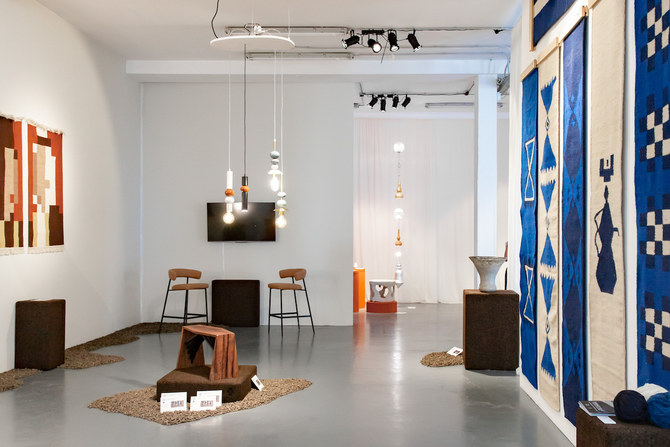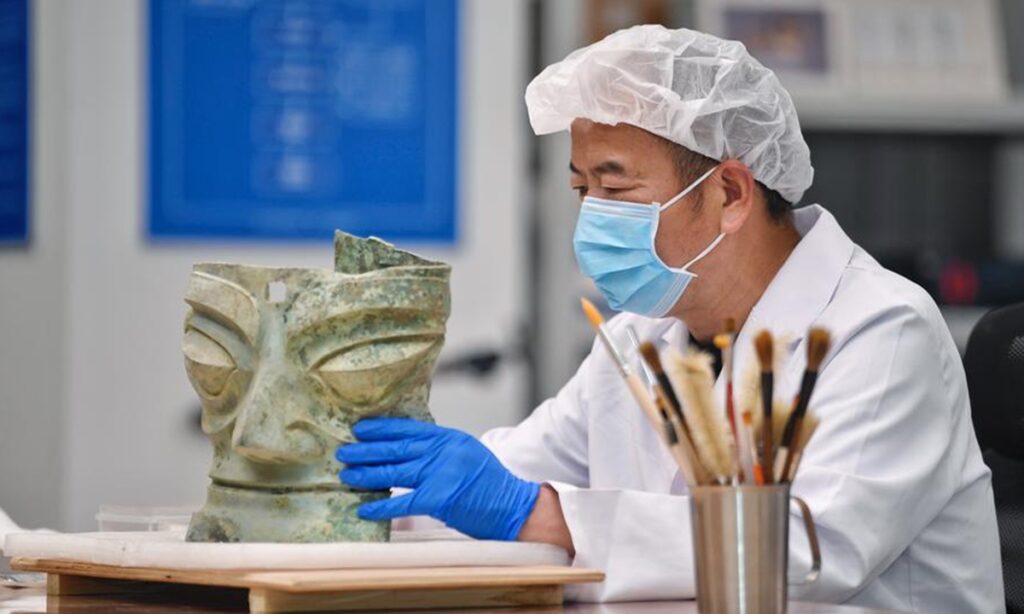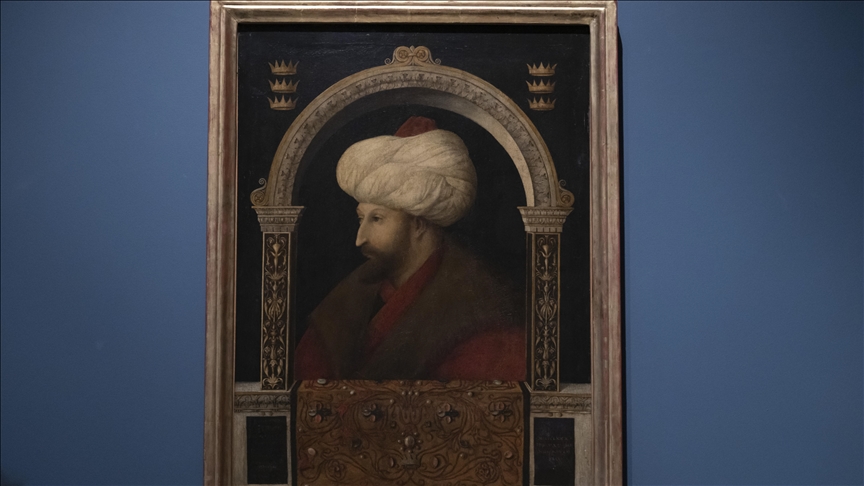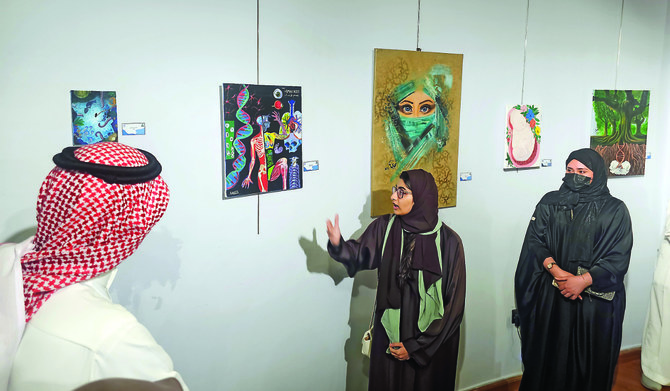
Monitoring Desk
ISTANBUL: ‘The Guardian of Oneself’ focuses on how surveillance has transformed into daily practice in today’s world with works by Barış Elçin and Işıl Çelik
Collaborating with artists producing diverse content with different techniques, KRANK Art Gallery offers a dynamic and sincere ambiance to its visitors in Istanbul’s popular Etiler neighborhood. The gallery currently hosts a new exhibition featuring works by Barış Elçin and Işıl Çelik. “Kendi Kendinin Gardiyanı” (“The Warden of Oneself”) focuses on surveillance practices in the modern world.
In 1785, noted English mechanical engineer and naval architect Samuel Bentham was asked to design a structure. The architectural design of the structure would be created by him while Jeremy Bentham was responsible for the ideas of the systems underlying the building. The result was “the panopticon.”

The panopticon is a type of institutional building and a system of control. The concept of the design allows all prisoners of an institution to be observed by a single security guard on a central tower. The main reason for the use of “surveillance without being seen,” which is the main principle of the panopticon, is that even if the guard is not there or even if he is there and not watching, the feeling of being watched is imposed on the people and they constantly control themselves as desired by the existing authority. In this way, the ones holding the power could maintain the authority they desire.
Years later, Michel Foucault revisited the panopticon as a metaphor for power. Foucault, unfortunately, speaks of a bleak dystopia when he talks about the society of the 21st century. He tells us that societies, and even the whole world, are a giant panopticon. The powers have taken on the role of the giant tower we see in the panopticon design.
With the works of artists Elçin and Çelik, KRANK Art Gallery examines how surveillance practices have become a daily form rather than a power relationship in today’s realities. The works focus on the socialization and dissemination contexts of surveillance, with the disappearance of a certain asymmetry in the act of observation.

It is observed that today’s society cannot be understood merely through the panopticon and the surveillance techniques inherent in it. The most important reason for this is that a context in which monitoring becomes continuous has emerged. Prison, discipline or correction and spatial surveillance in the panopticon are no longer on the agenda. In post-panopticon surveillance, organizational logic has been replaced by endless continuity. This shows that a situation has been constructed in which the duality forming the panoptic context of surveillance is abandoned. The goal of surveillance is no longer the creation or implementation of a certain duality. Since everyone could be a potential suspect or target, the technique and subject of surveillance have become massive.
In Çelik’s ceramic works titled “Sacrifice Series,” expressionless and genderless figures appear before us as the representation of the silent and ineffective victimization of the individual, whose social freedoms are gradually decreasing under the supervision of power.
“The main function of modern surveillance is border control. We no longer care who should be excluded or what the excluded do. Our only issue is who should be let in,” said artist Elçin. In his photos, therefore, space is no longer a disciplinary ground but a utopian environment where the disciplined are invited.

In his work “Göz” (“Eye”), Elçin allows the subjects to grasp their existence. In addition, historically, the eye is the representation of power. Each power, using the technologies of its own period, establishes its control over social life and the “visual world” seen by the social eye through the “eye.”
In her porcelain installation “Sığınma” (“Taking Shelter”), Çelik is also inspired by the relationship of Gregor Samsa, the protagonist of Franz Kafka’s “The Metamorphosis.” Lying in the fetal position, Gregor’s despair is limited to a white room in which he is camouflaged. While the study questions the concepts of belonging and acceptance, it represents the limited loneliness of the individual who moves away from being himself.
Foucault said that perfect surveillance is a set of malevolence, and the truth of this thought is indisputable. But art deals more with the real world than the “real.” It demonstrates that “perfect surveillance” is therefore not possible. The exhibition showing works by Çelik and Elçin, which dispute the concept of perfect surveillance by interrogating it, will remain open until April 16.
Courtesy: Dailysabah
The post KRANK Art Gallery show examines contemporary concept of ‘panopticon’ appeared first on The Frontier Post.








